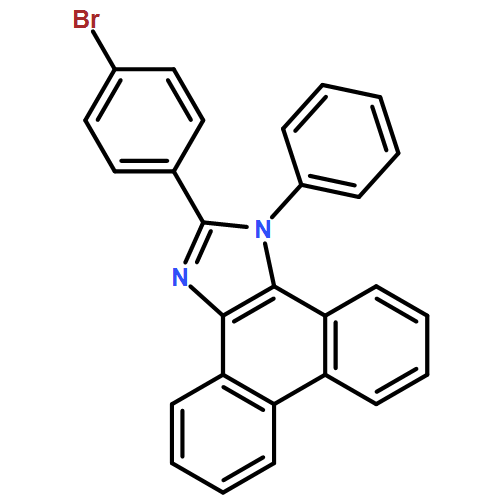•A series of highly efficient deep blue emitters are designed and synthesized.•They present narrow FWHM, high quantum yields and high thermal stabilities.•The doped green device with CIE of (0.31, 0.62) and a ηc of 33 cd A−1 is obtained.•The doped white device with CIE of (0.31, 0.31) and a ηc of 5.5 cd A−1 is obtained.A series of highly efficient deep blue emitters comprising of carbazole and phenanthro[9,10-d]imidazole moieties are designed and synthesized. These compounds present deep blue emission, narrow FWHM, high quantum yields, high thermal and morphological stabilities. Among them, the design strategy of 2:1 ratio of phenanthro[9,10-d]imidazole and carbazole unit affords M2 with more balanced carrier injection and transporting properties. OLEDs using M2 as emitting layer is observed to deliver a truly deep blue CIE of y < 0.06 with a highest external quantum efficiency of 3.02%. By taking the full advantage of these deep blue emitters, they are further served as excellent hosts for fluorescent and phosphorescent dyes. High-performance green phosphorescent device based on M2/Ir(ppy)3 is attained with a maximum current efficiency of 33.35 cd A−1, a power efficiency of 22.99 lm W−1 and a maximum external quantum efficiency of 9.47%. When doped with an orange fluorescent material, upon careful tuning the doping proportion, the two-emitting-component white OLED is successfully fabricated with a maximum current efficiency of 5.53 cd A−1 and CIE coordinates of (0.313, 0.305). Both the non-doped and doped devices exhibited high operational stability with negligible efficiency roll-off over the broad current density range.

